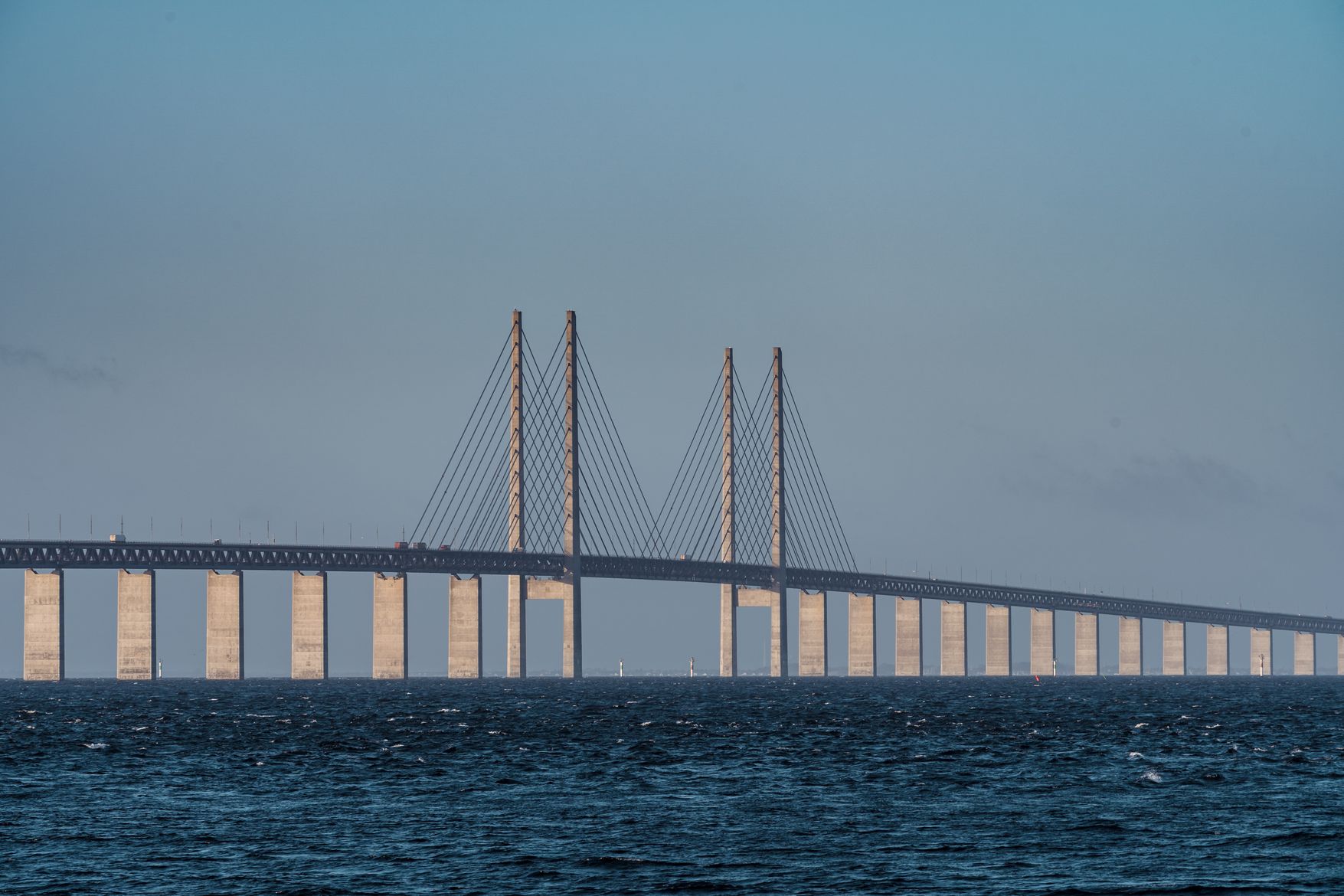Sweden Traffic Guide
Driving Through Sweden
Sweden is an elongated country, interspersed with mountains, lakes, and fjords. Both the over 7,000-kilometer-long coastline along the Baltic Sea and the Scandinavian mountains in the west offer picturesque locations that are difficult to reach by public transport. Anyone wanting to experience the whole country should consider a road trip by car.
Learn here about the traffic rules you should follow in Sweden. Additionally, our guide provides important information about the road conditions and the fuel situation in Sweden.
Sweden Traffic Rules Overview
- The minimum age for drivers in Sweden is 18 years. For drivers from abroad, the EU driving license is recognized as a valid driving permit.
- In Sweden, driving is on the right-hand side of the road.
- Speed limits are primarily regulated by signage. Within built-up areas, the speed limit ranges between 30 and 50 km/h. Outside built-up areas, the maximum permissible speed varies from 60 to 100 km/h. On motorways, depending on the section, a maximum speed of 90 to 120 km/h is allowed.
- Seat belts must be worn by all occupants in the vehicle. The driver is not allowed to hold a mobile phone while driving. Additionally, dipped headlights must be used at all times of the day throughout the year.
- The use of radar detectors is prohibited in Sweden.
- Mandatory equipment in the vehicle includes a high-visibility vest, warning triangle, and first aid kit.
- Drivers in Sweden must adhere to a blood alcohol limit of 0.2 per mille.
- Trams always have the right of way.
- No parking is indicated in Sweden by a yellow zigzag line or a dashed line. A solid yellow line indicates a strict no-parking zone.
- On some country roads, there are specially marked right lanes designed for pulling over to let faster traffic pass.
Driving in Sweden
The roads in Sweden
Sweden boasts an extensive road network, which tends to be denser in the south than in the north. The southern part of the country also hosts the majority of Sweden's motorways. However, progressing through the north is generally not an issue either.

The roads in Sweden are usually in excellent condition. Due to the low population density, traffic is especially calm outside of urban areas, and traffic jams are rare in Sweden.
Challenges can arise from the mountainous terrain, which results in some very curvy road sections. Additionally, you should be prepared for weather and visibility conditions on country roads to change rapidly.
In rural areas, you should also pay attention to warning signs indicating wildlife crossings. Collisions with moose can be particularly dangerous. Therefore, exercise extra caution when there is a risk of wildlife crossing.
Petrol stations and charging points
Petrol and Diesel: Petrol and diesel are relatively expensive in Sweden compared to other countries. The coverage of petrol stations is solid throughout the country. Most stations are open seven days a week and offer self-service, with some available 24/7. In rural areas, you can also find unmanned petrol stations.

Electric Cars: Sweden is a leader in terms of electromobility. Charging stations for electric vehicles are available throughout the country, with particularly extensive coverage in the southern part of the country.
In the north, you might have to search a bit longer for a charging station. Anyone traveling by electric car should research charging options along their route before starting their journey.
Hydrogen Cars: Sweden is also relatively advanced in terms of hydrogen technology. There are a handful of hydrogen fuel stations in the country, mainly concentrated in the south and along the coast. In the inland areas or far north, hydrogen cars currently cannot be refueled.
Rental car or own car?
To drive your own car in Sweden, you must cross the Kattegat or the Baltic Sea. The land route includes crossing the Öresund Bridge, which connects Denmark with Sweden. Car ferries to Sweden depart from Germany, Denmark, or Poland.
Anyone crossing the border with their own vehicle must be able to prove that the car is insured for liability. For safety and to ensure coverage in case of an accident involving property damage, it is advisable to also carry the International Insurance Card.
Car rental availability in Sweden is also excellent, particularly in the more densely populated south and central regions. The minimum age to rent a vehicle varies between 18 and 25 years depending on the provider and the type of vehicle. Additionally, you must have held your driver's license for at least two years. Most providers charge additional fees for drivers under 25.
Fines
Minor fines can be demanded on the spot by the police in Sweden. Particularly for driving under the influence of alcohol or speeding, high fines, imprisonment, and revocation of the driving license may be imposed. Even exceeding the speed limit by 10 km/h can result in severe penalties.

Excerpt from the fine catalog:
- Speeding (from 10 km/h over the limit): from 130 Euros (approx. £110)
- Speeding (over 20 km/h over the limit): from 230 Euros (approx. £195)
- Speeding (over 50 km/h over the limit): from 395 Euros (approx. £340)
- Seatbelt violation: from 145 Euros (approx. £125)
- Driving under the influence of alcohol: from 40 daily rates
- Red light violation: from 260 Euros (approx. £220)
- Using a mobile phone while driving: 160 Euros (approx. £135)
Conclusion: How to Drive in Sweden
Sweden can be wonderfully explored by car. The country's road network is mostly well-developed and in excellent condition. Those who drive carefully and are prepared for changing weather conditions can also enjoy driving through the mountains with their own car or a rental.
► Here you can find more information about the toll regulations in Sweden, to be optimally prepared for your trip.
